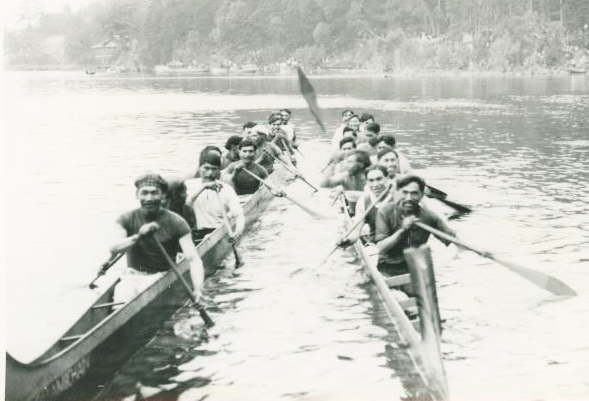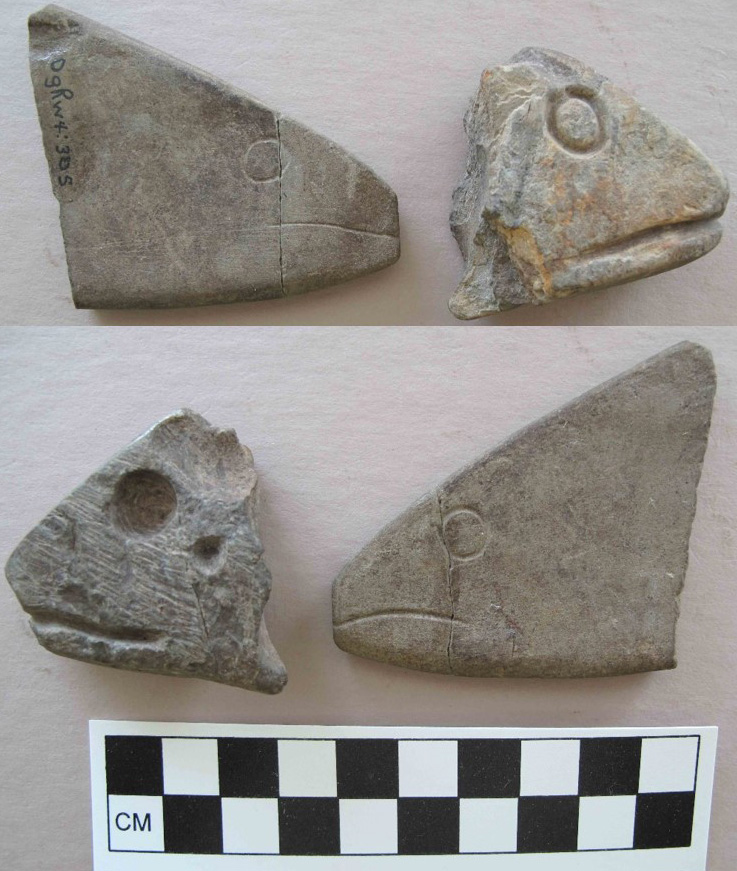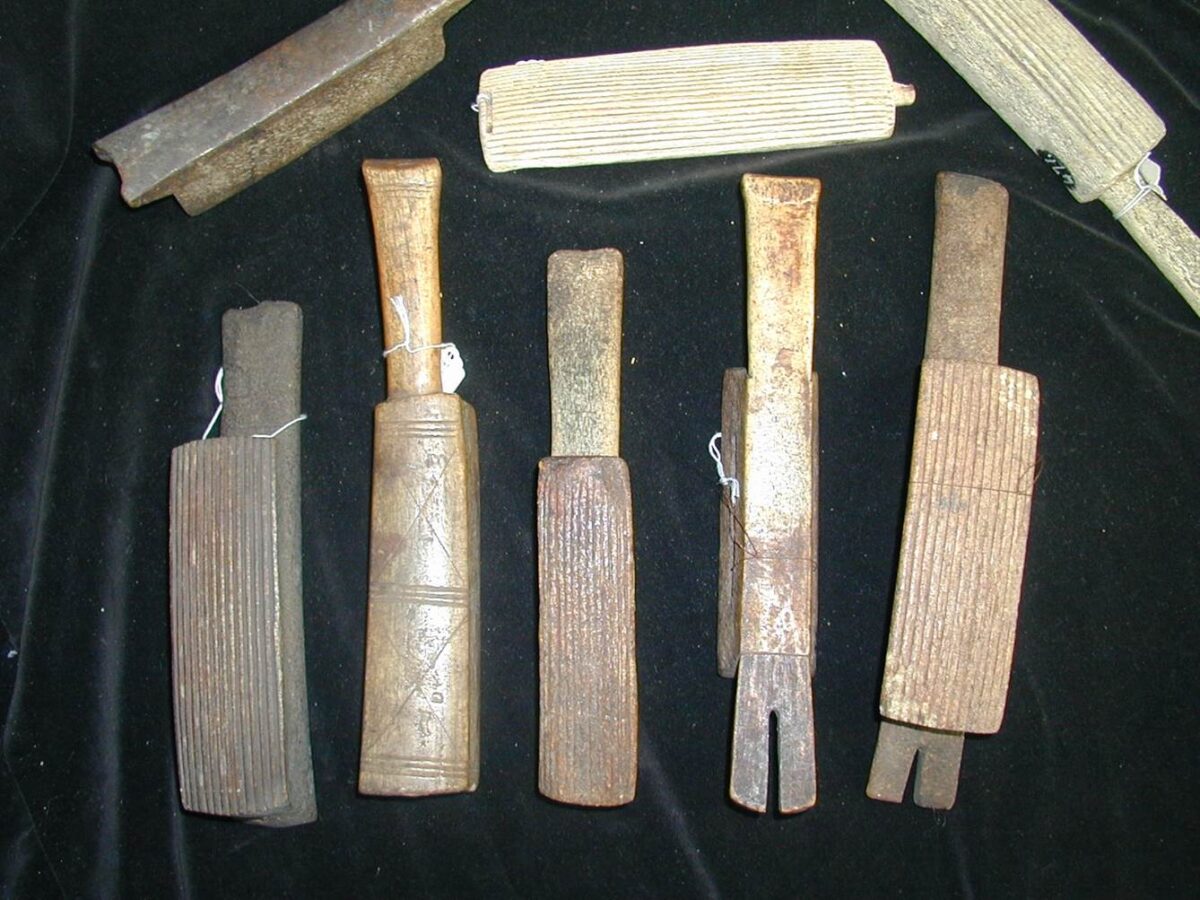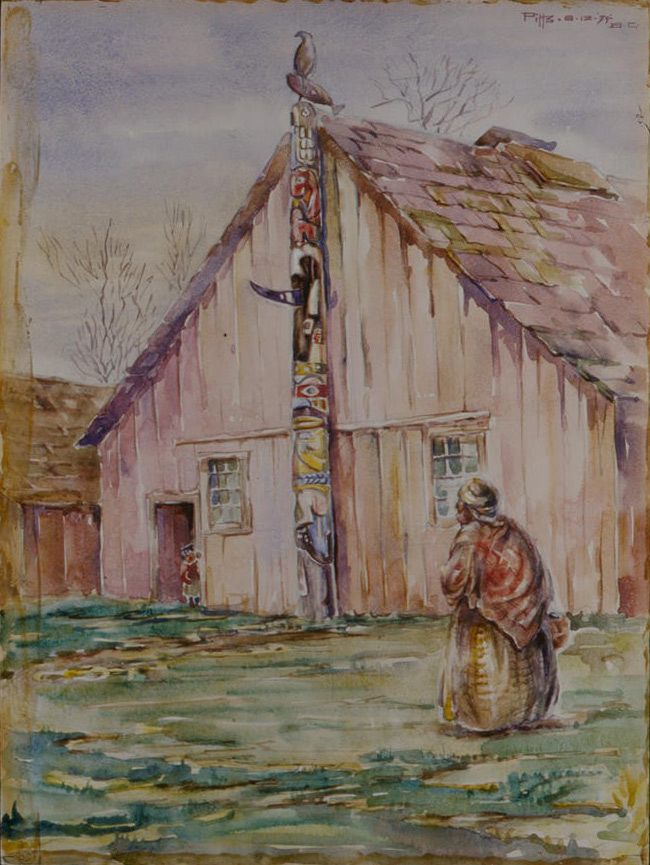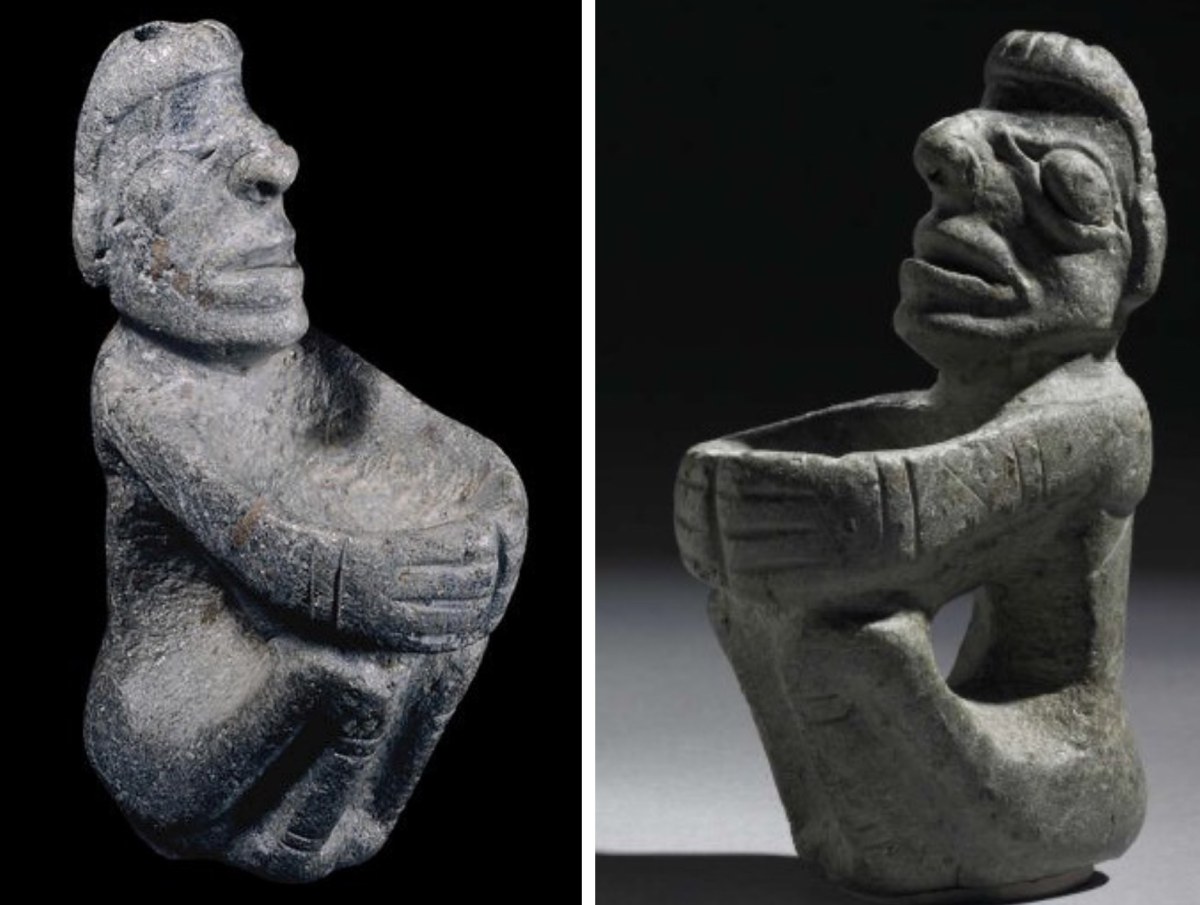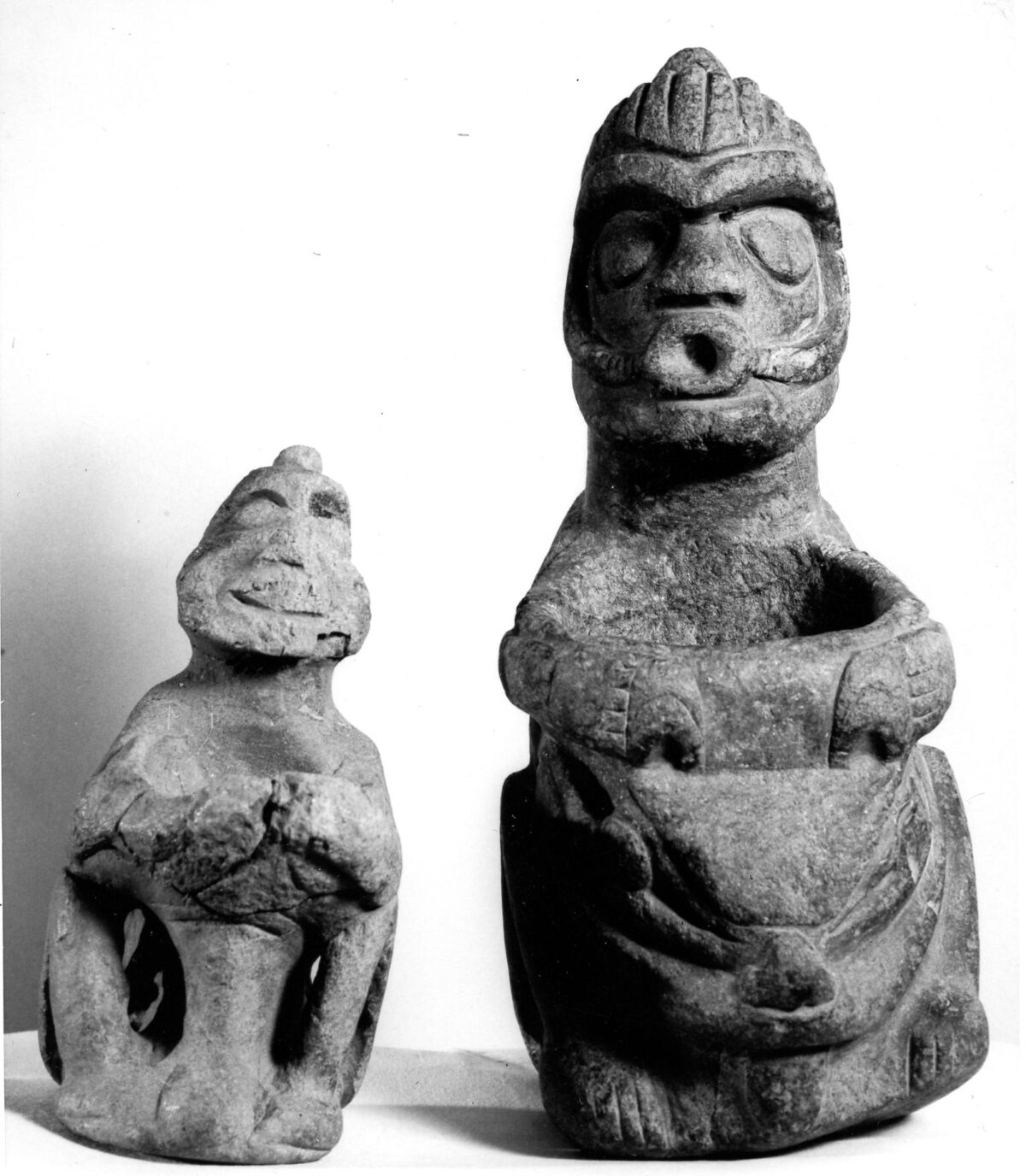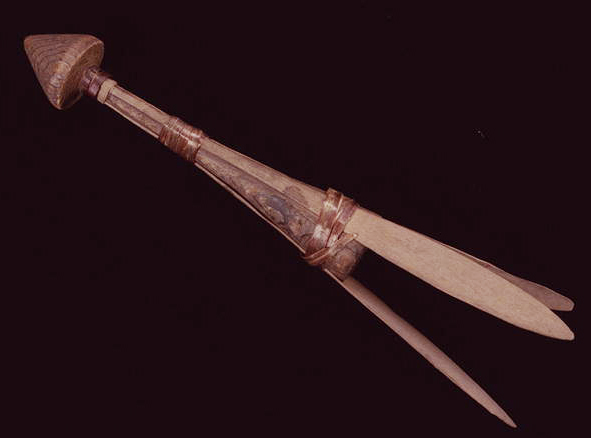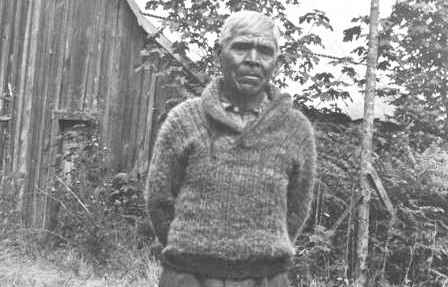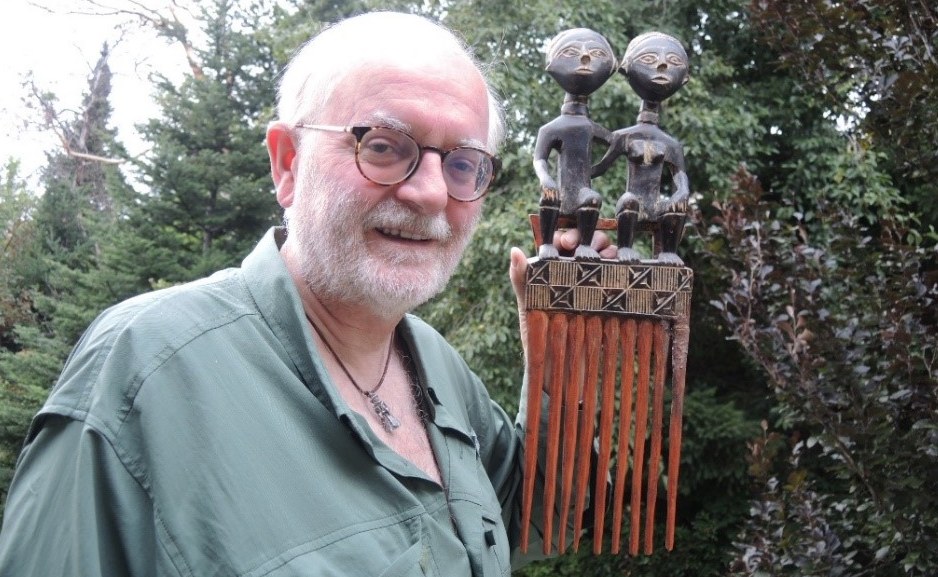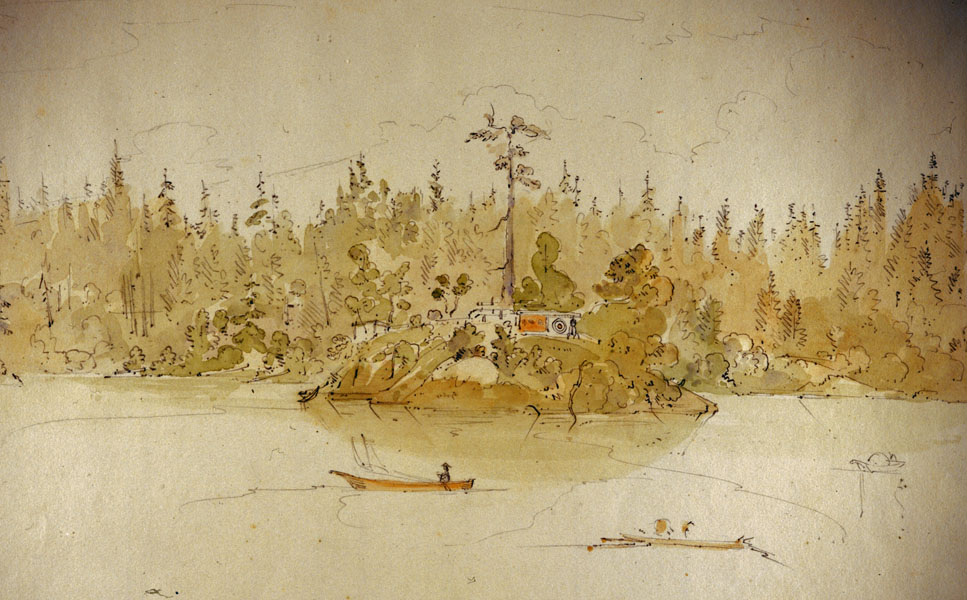
Halket or Deadman’s Island (Please respect this special location and view it only from a distance). On southern Vancouver Island it was common for, at least some, Indigenous families to place their dead, on small Islands. In historic, or post contact times, burials were placed on these islands in boxes, canoes or small shed-like structures. It is unknown how far back in time this practice extends. Underground burials were common before 1000 years ago. One of these burial Islands, known to be used in the 19th century, was Halket Island in the Selkirk Waters above Victoria’s upper harbour. It is located north of the Point Ellice Bridge (Bay Street), between the foot bridge (old CN Railway trestle Bridge) on the … Continue reading “A lək̓ʷəŋən Burial Island”
